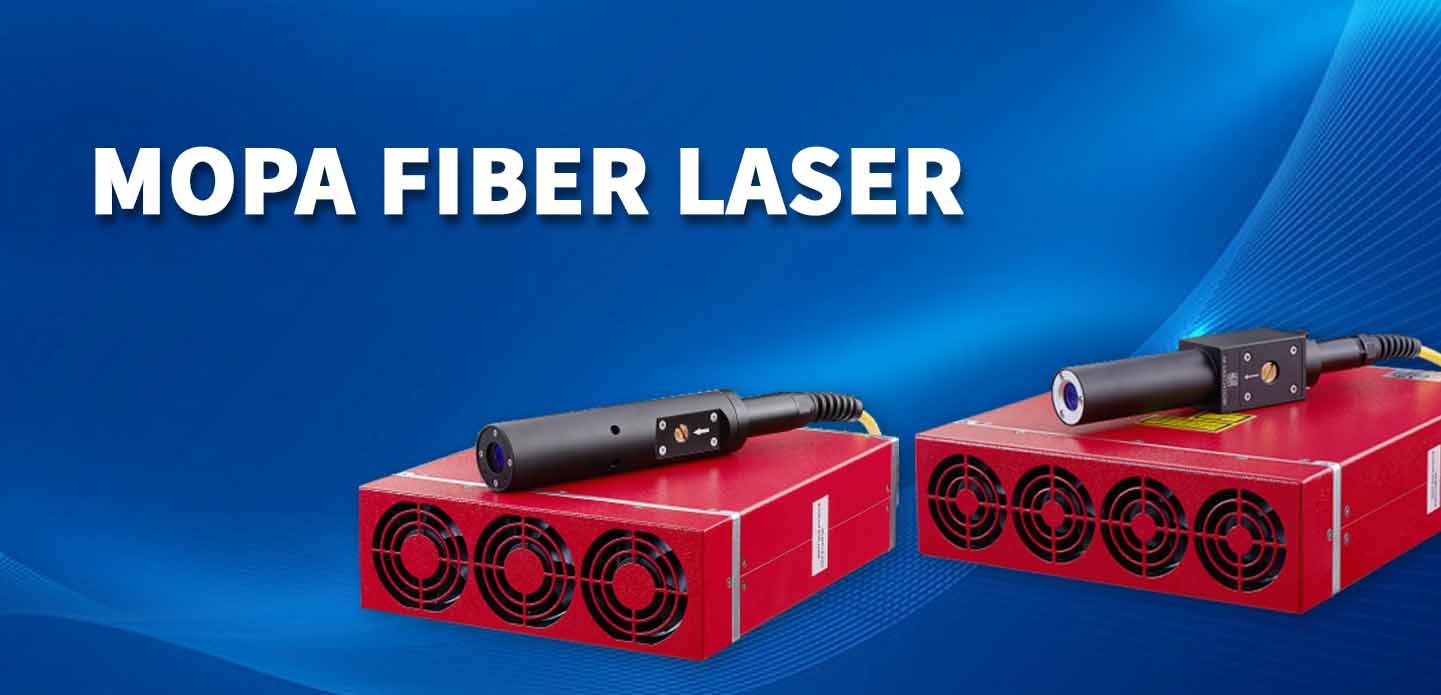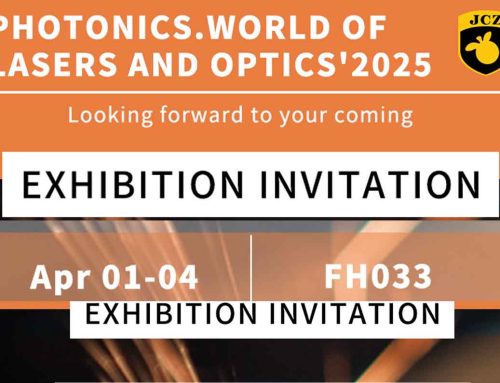Fiber laser marking technology has revolutionized the way we engrave and mark materials across various industries. This article will explore the fundamentals of fiber laser marking, its applications, and the different types of fiber laser sources available in the market.
1. What is a Fiber Marking Laser?
A fiber marking laser utilizes a solid-state laser that generates a beam of light through a fiber optic cable. This technology allows for high precision and quality in marking and engraving on various materials, including metals, plastics, and ceramics. Fiber lasers are known for their efficiency and ability to produce high-quality marks at high speeds.
2. Advantages of Laser Fiber Marking
Laser fiber marking offers several advantages over traditional marking methods. It produces clean and permanent marks without the need for inks or chemicals. The laser beam can create intricate designs, logos, and text with exceptional detail. Additionally, fiber lasers require minimal maintenance, making them cost-effective in the long run.
3. Applications of Laser Marking Fiber
Laser marking fiber technology is widely used across various industries, including:
- Manufacturing: For marking parts with serial numbers, barcodes, and logos.
- Medical Devices: For precision marking on surgical instruments and implants.
- Electronics: For marking components with identification information.
- Jewelry: For engraving intricate designs and personalization.
4. Fiber Laser Sources
Fiber laser sources come in various configurations, including MOPA (Master Oscillator Power Amplifier) systems, which provide more flexibility in pulse width and peak power. This allows for improved marking quality on sensitive materials, making them ideal for applications requiring precise control over the laser parameters.
5. 60W MOPA Fiber Laser
A 60W MOPA fiber laser is a popular choice for applications that require high-quality marking on a variety of materials. The MOPA configuration allows for adjustable pulse durations, which can enhance the marking quality, especially on metals and plastics. This versatility makes it suitable for both industrial and artistic applications.
6. Desktop Fiber Laser
Desktop fiber lasers are compact and user-friendly, making them ideal for small businesses and hobbyists. These machines offer the same high-quality marking capabilities as larger systems but in a more accessible format. They are suitable for engraving personal items, creating custom gifts, and small-scale production runs.
7. 100W Fiber Laser
The 100W fiber laser is designed for more demanding applications, providing higher power for faster marking and cutting processes. This laser can handle thicker materials and larger production volumes, making it a favorite in industrial settings where efficiency and speed are critical.
8. Affordable Fiber Laser Options
For those seeking cost-effective solutions, cheap fiber lasers are available that still provide reliable performance. While these options may not offer the same features as higher-end models, they can still deliver quality marking for small businesses or personal projects.
9. High-Power Options: 1kW Laser
For industrial applications requiring significant power, a 1kW laser can dramatically increase throughput and efficiency. These high-powered lasers are capable of cutting through thicker materials and speeding up production times, making them ideal for large-scale manufacturing operations.
10. Conclusion
In conclusion, fiber laser marking technology has become an essential tool across various industries, thanks to its precision, efficiency, and versatility. Whether using a 60W MOPA fiber laser for detailed work or a 1kW laser for high-volume production, understanding the capabilities and applications of fiber lasers can help businesses enhance their marking and engraving processes.






